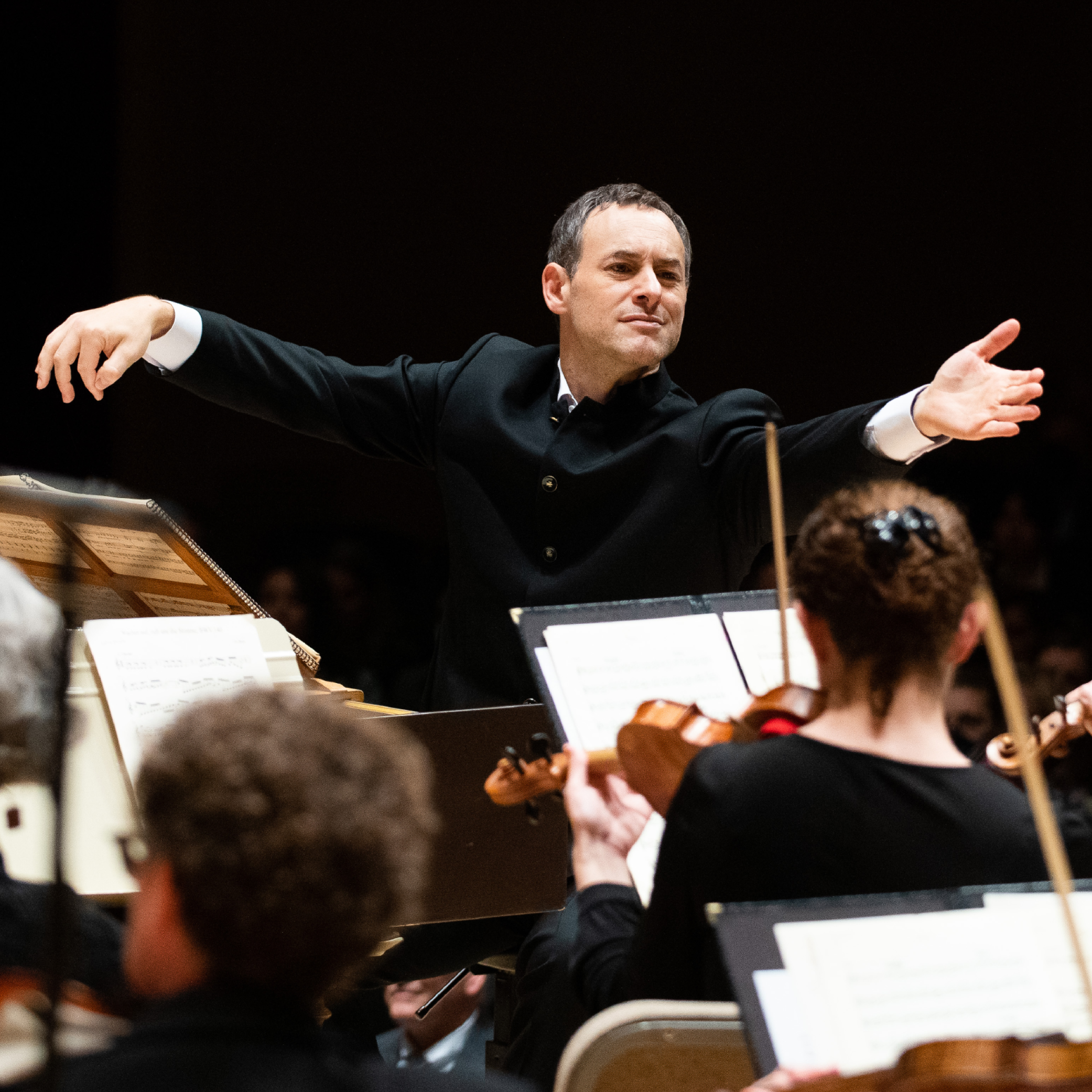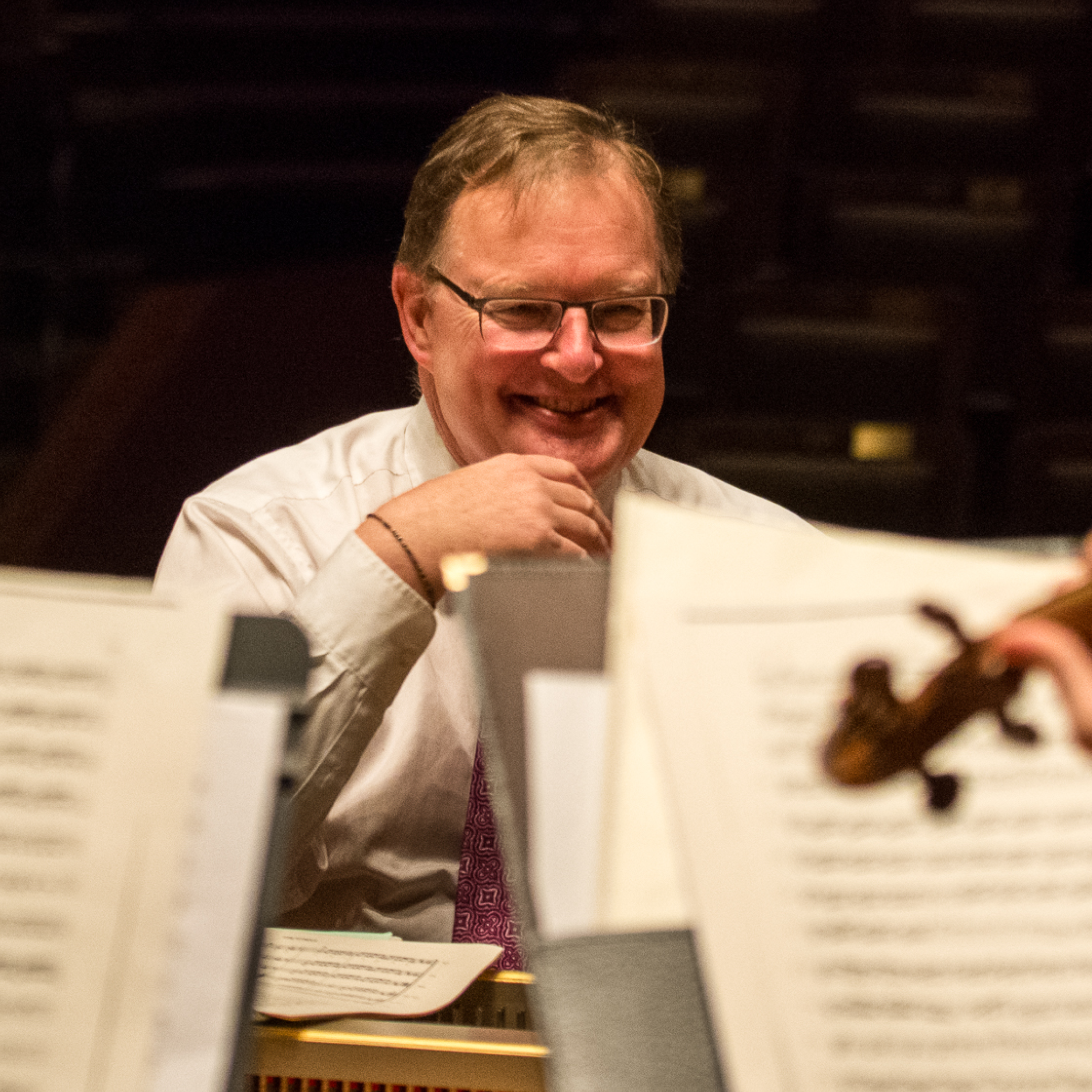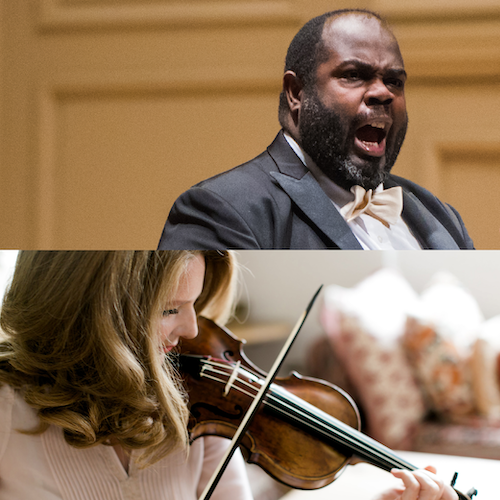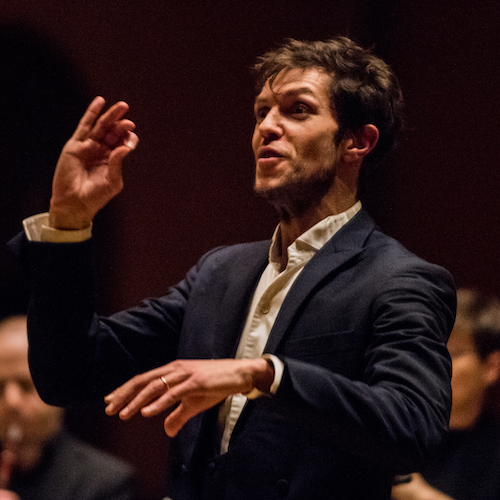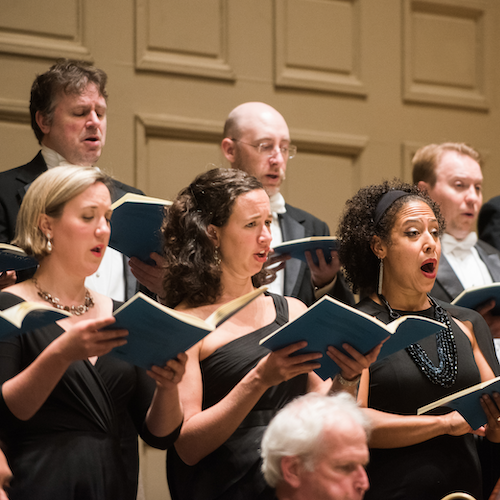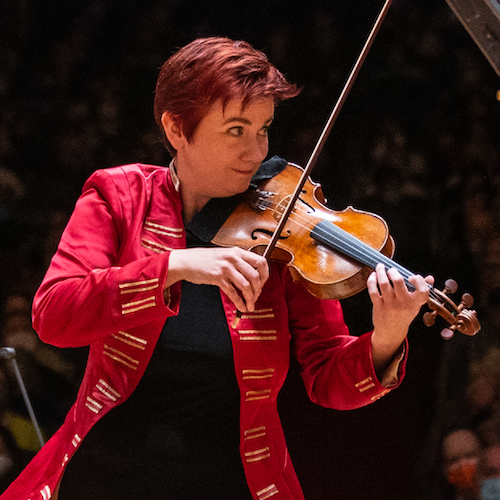
Enhanced Program Notes:
Haydn + Beethoven

Portrait of Joseph Haydn by Ludwig Guttenbrunn, painted c. 1791–92, depicts Haydn c. 1770. Private collection London.

Interior of St. Stephen’s Cathedral, Vienna, 2017. © Bwag/Wikimedia.

A General View of the City of London and the River Thames, from Views of London, 1794.

Beethoven as a young man after a portrait by Carl Traugott Riedel, 1801. Beethoven-Haus, Bonn.
SHADES OF THINGS TO COME
Joseph Haydn’s career was remarkable. He began singing in the choir at Hainburg at the age of six and within two years was a member of the choir at St. Stephen’s in Vienna.
By age 18, he was living in Vienna as a free-lance musician, making his living as a music teacher and performer. Equally important, he was studying counterpoint and writing his first compositions. Although later in his life Haydn said that he learned “the true fundamentals of composition” working for the Italian composer Nicola Porpora, he also studied counterpoint and the music of other composers, such as Carl Philipp Emanuel Bach, on his own. In addition, his compositions were getting noticed by the aristocracy; a series of recommendations resulted in Haydn, now in his mid-twenties, being appointed Kapellmeister for Count Morzin. When the count disbanded his small music ensemble a few years later due to financial constraints, the 29-year-old Haydn was hired by the Esterházy family, one of the wealthiest and most influential families in the Austrian empire.
Prince Nikolaus, head of the family for most of Haydn’s tenure, died in 1790 and his successor disbanded the court orchestra. Soon after this, the violinist and entrepreneur Johann Peter Salomon invited Haydn to England. Because this first trip was so successful, a second tour was arranged for 1794-1795 after which Haydn turned to writing vocal music, including masses for the Esterházy family as well as the oratorios The Creation and The Seasons. The most celebrated composer of his day, Haydn’s music remained an important part of concert life in Europe and America into the early 19th century.
Haydn: Symphony No. 6 in D Major, Le Matin
The two Haydn symphonies on today’s concert were written at the beginning and toward the end of his career. Symphony No. 6 in D major was composed in 1761. It, along with Symphonies 7 and 8, is part of a trilogy in which each work depicts a different time of day: morning, noon, and evening. The idea to compose symphonies associated with the passing of a day may have been suggested to Haydn by his new employer, Prince Paul Anton Esterházy. In a bit of musical diplomacy, Haydn fashions a symphony of soloists, writing in the concertante or concerto style that gives each section of the orchestra as well as individual players moments to shine.
Concise musical ideas, combined with the variety of ways Haydn presents them, underlie some of the most engaging aspects of this symphony. With the title “Morning,” it is easy to hear the brief introduction to the first movement as the moment when the sun passes the horizon and day breaks.
The Allegro that follows, initially featuring flute in the first theme, is a study in shifting orchestral colors. Haydn keeps the sound fresh by continually altering the context in which each idea is heard, sometimes dividing the theme between multiple instruments or instrumental sections. This movement sounds so carefree but is, in fact, quite challenging to perform.
Solo violin accompanied by the strings opens the second movement with another rendition of a sunrise.
A concerto-like solo violin line then launches the main part of the movement, which closes with a tinge of drama. Although never boldly asserted, the change is all the more powerful for its understated nature.
Haydn scores the winds prominently throughout the third movement; however, the novel instrumentation of the Trio section distinguishes it from the surrounding Menuet sections. The featured soloists in the Trio are bassoon and bass, followed by bassoon with viola and cello, all accompanied by pizzicato (plucked) strings. With these instrumental combinations coupled with the minor key, Haydn constructs an intriguing sound, ensuring that audiences—then and now—pay close attention.
Reminiscent of the opening of the first two movements, the final movement opens with a rising line. Haydn then continues to re-enforce the connection between the movements of this symphony with quickly moving lines exchanged between the soloists and the full ensemble. Within the joyously contented mood of this final movement, Haydn’s unique combination of virtuosity and buoyancy is riveting. This is a good morning!
Haydn: Symphony No. 92 in G Major, Oxford
Haydn’s Symphony No. 6 in D major, with its solo passages and clear formal structures, offers a glimpse of his future symphonic writing. Symphony No. 92 contains these same characteristics, now crafted by a composer even more confident in his ability to achieve the mood and expression he wishes. Although composed in 1789 as part of a commission from the French Count d’Orgny, who had commissioned Haydn’s “Paris” symphonies earlier in the decade, Symphony No. 92 is now associated with England. It was performed for ceremonies there when Haydn was given a degree from Oxford University in 1791.
The musical story of Symphony No. 92 is filled with pathos as well as humor; it captures our attention from the slow introduction of the first movement and does not let go until the closing of the Finale. The brief slow introduction of the first movement moves from genial to more unsettled with a descending chromatic line. The suspense generated by this passage spills into the beginning of the Allegro spiritoso, which does not begin with the expected feeling of harmonic arrival. Instead, Haydn makes us wait for that arrival, which he soon announces with the full ensemble.
As in Symphony No. 6, Haydn highlights sections of the orchestra or soloists in this first movement, building anticipation for the return of the music from the opening of the Allegro section.
Haydn uses the orchestral colors exquisitely in the second movement; with each return of the initial melody, a new instrument combination is featured. Any sense of complacency in this movement is disrupted by the central section. In a minor key, it exudes a quasi-militaristic tone which only the woodwinds can dispel.
After the music from the opening of the movement returns, Haydn reprises this passage for the winds in what is a truly special moment.
With the Menuet, Haydn is at his dance-inspired best. The first part of the Menuet is clear and straightforward. Not so the next part, which stops and starts.
The fun continues in the Trio section; here Haydn’s rhythmic twist in the horn part disrupts the triple meter.
The Presto begins innocuously with the first violin and cello. As more instruments join, Haydn takes us on a whirlwind musical ride. One cannot listen passively to this movement; there are rapid exchanges between instruments, contrapuntal passages, and Haydn’s signature sense of timing, all against the backdrop of perpetual rhythmic motion.
Although Haydn left little written descriptions about his music, he knew that his music could speak for itself. On first hearing, these two symphonies engage and even surprise; with subsequent hearings, Haydn’s unparalleled compositional artistry is revealed in the balance between reiterating and varying each section or phrase.
Beethoven: Symphony No. 1 in C Major, Op. 21
When Haydn was traveling to London, he stopped at the court in Bonn where he met, and agreed to teach, a young pianist and composer, Ludwig van Beethoven. With that promise and the now famous assertion from his patron Count Waldstein that he would “receive Mozart’s spirit with from Haydn’s hands,” Beethoven left for Vienna and began his studies with Haydn in November 1792. Those lessons were not satisfying for either student or teacher; however, Beethoven absorbed many lessons from Haydn’s music, including a refined sense of musical pacing and attention to orchestration, both of which can be heard in Beethoven’s First Symphony.
Premiered on April 2, 1800, Symphony No. 1 in C major was part of a (long) concert featuring Beethoven’s own music alongside a Mozart symphony and two selections from Haydn’s oratorio The Creation, programming that was both an homage and challenge to his predecessors.
The First Symphony begins in a typical and not-so-typical way. The typical is that it begins with a slow introduction. The difference is how the first chords of the slow introduction initially suggest a musical closing (cadence) rather than an opening.
Through repetitions with alterations, Beethoven turns this sense of ending into an introduction full of possibilities. In the Allegro, that feeling is revisited with a four-note descending pattern that, like the introduction, seems to be a conclusion, but ultimately serves as a point of departure.
The second movement begins with a single idea stated in the second violins and then imitated, in turn, by the rest of the orchestra.
Throughout the movement, Beethoven balances a lighter mood with a more ominous one depicted by a series of repeated notes heard in the horn, trumpet, and timpani.
The rhythmic drive that was an undercurrent of the second movement becomes a focal point in the Menuet section of the third movement. Beethoven then contrasts the Trio section through instrumentation; in the first part of the Trio section oboe, clarinet, and bassoon exchange ideas with the violins, while in the second half of the Trio, a smaller wind group consisting of clarinet and horn trade gradually shorter ideas with only the first violins before the whole orchestra joins.
(The prominence of the winds in this movement may be one reason why a contemporary review of this symphony complained that there were too many wind instruments!)
Like its counterpart in the first movement, the slow introduction to the final movement entices. Here, however, expectation is built by means of a single pitch that becomes three rising notes, then four, and so on until the main melodic idea takes off, slowing only long enough to begin again and making the final cadence one in a series of musical possibilities.
Teresa M. Neff | 2020
